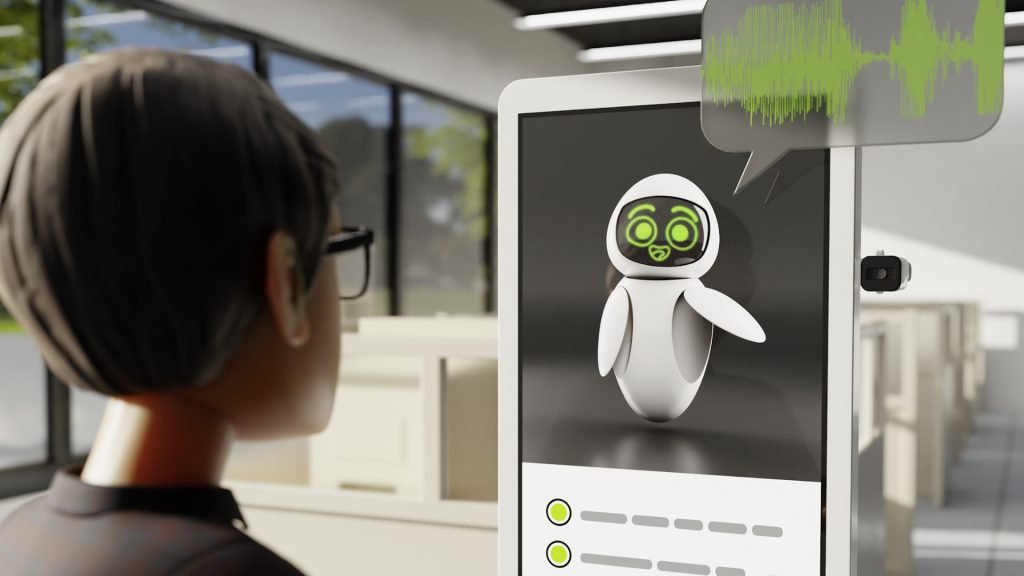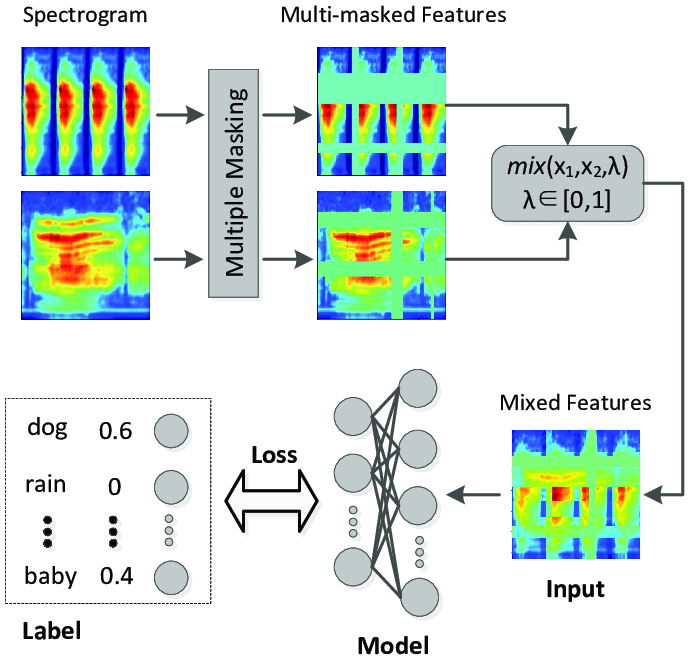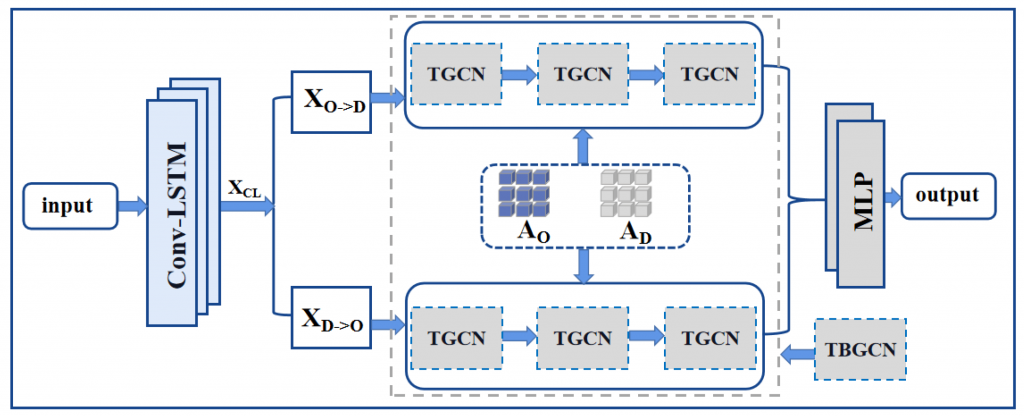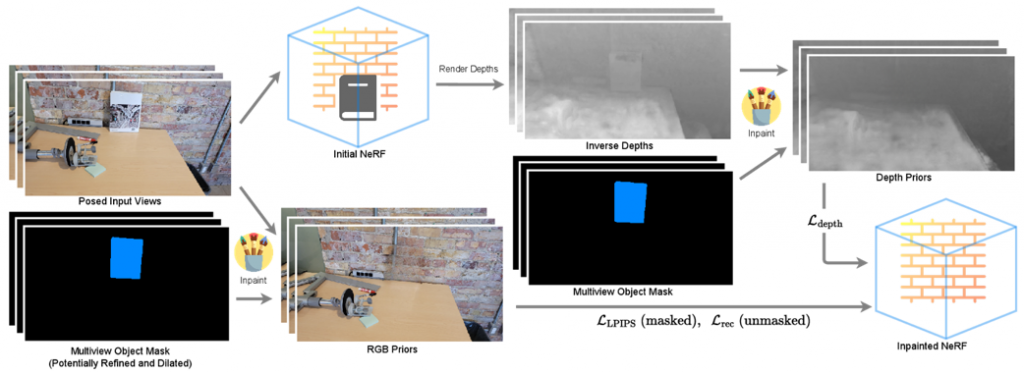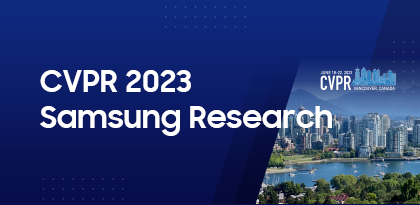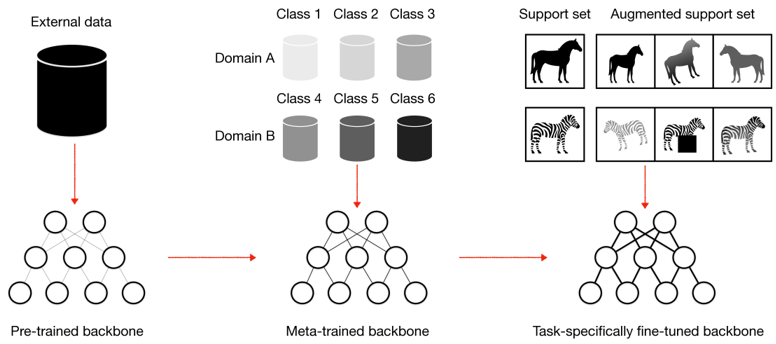Gaussian Process Modeling of Approximate Inference Errors for Variational Autoencoders
Introduction In the ever-evolving field of computer vision and machine learning, breakthroughs continue to shape the landscape of AI research. This article delves into an intriguing study presented at the Computer Vision and Pattern Recognition (CVPR) 2022 conference, specifically focusing on the research titled “Gaussian Process Modeling of Approximate Inference Errors for Variational Autoencoders.” This …
Gaussian Process Modeling of Approximate Inference Errors for Variational Autoencoders Read More »



